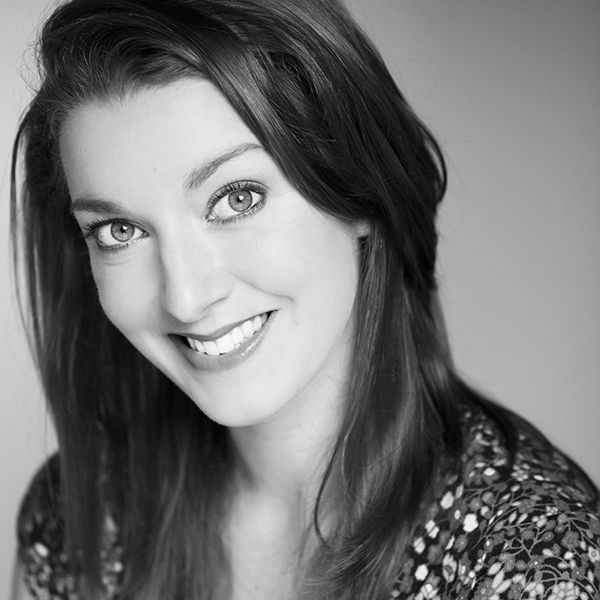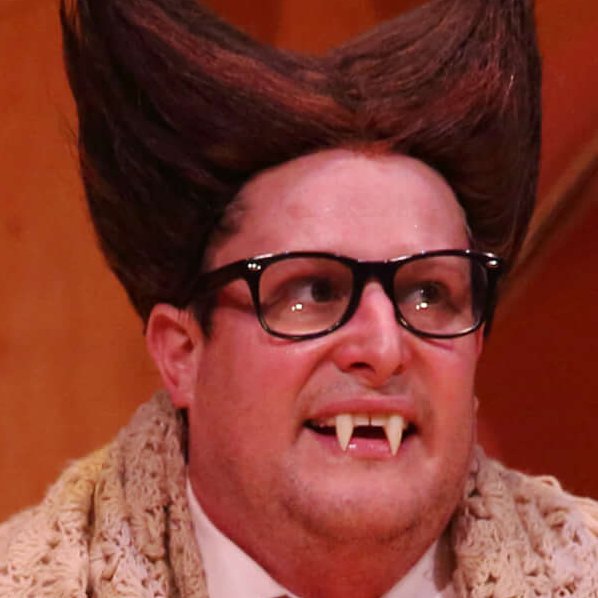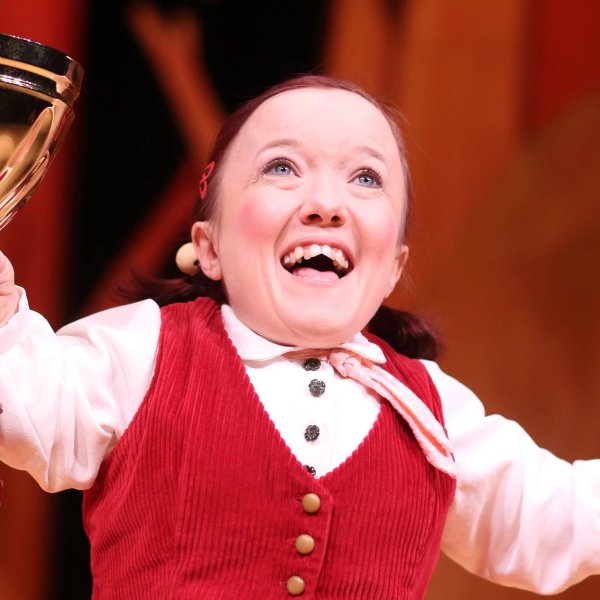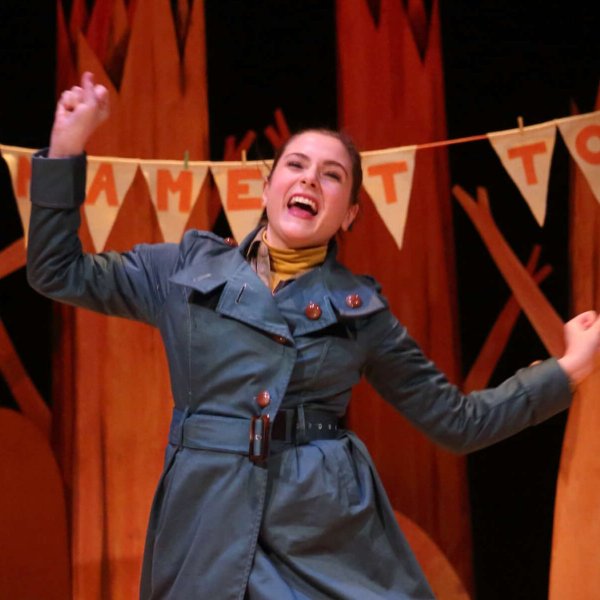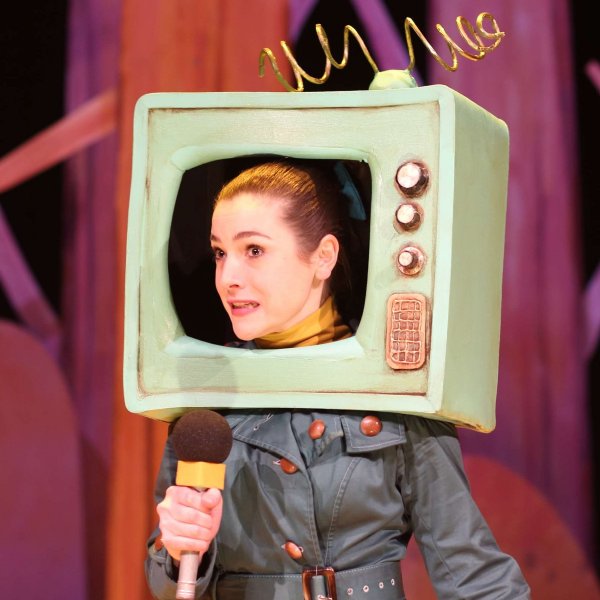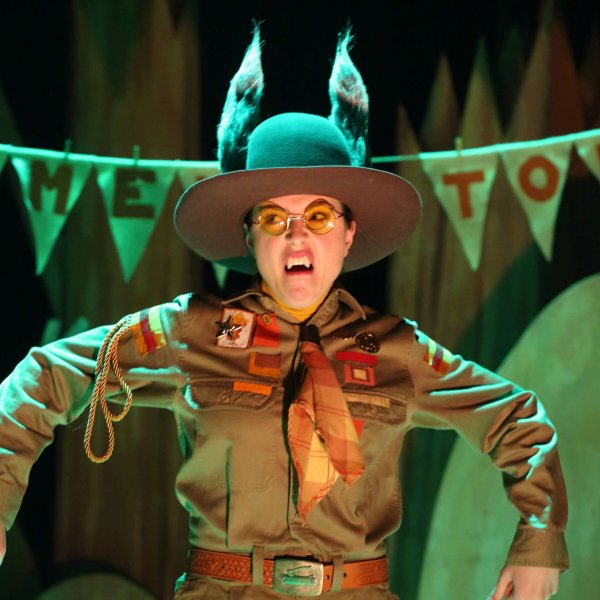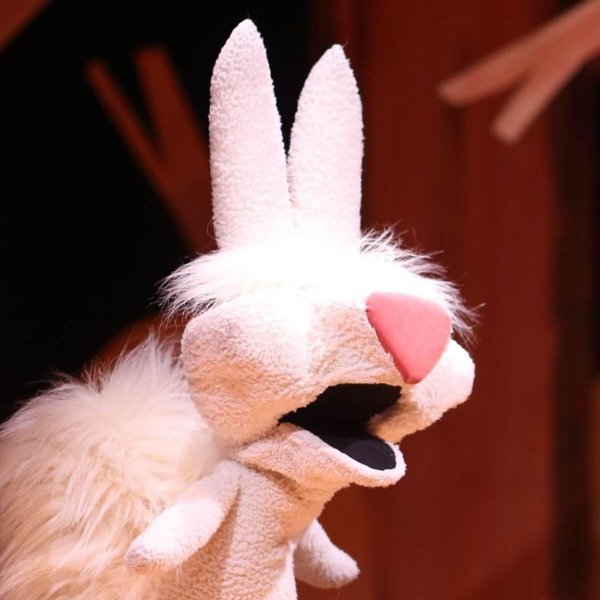Pre-show Activities
Australian Curriculum F-2
Activity
Fairy tales. Discuss traditional stories and a stories the students already know. Are there any common features that they all share? Discuss the use of a quest or problem in a story and explain the beginning, middle and end elements.
Create a story mountain for a story you have read together (The Three Little Pigs, Red Riding Hood etc.) Discuss the characters in fairy tales. Are there always good and evil characters? Which characters are your students’ favourites? Get them to create a poster of their favourite character; draw a picture of them and list the reasons why that character is their favourite.
LEARNING OUTCOMES
Foundation Year
Respond to texts, identifying favourite stories, authors and
illustrators (ACELT1577)
Identify some features of texts including events and characters and
retell events from a text (ACELT1578)
Recognise some different types of literary texts and identify some
characteristic features of literary texts, for example beginnings and
endings of traditional texts and rhyme in poetry (ACELT1785)
Year 1
Discuss characters and events in a range of literary texts and share
personal responses to these texts, making connections with students’
own experiences (ACELT1582)
Discuss features of plot, character and setting in different types
of literature and explore some features of characters in different
texts (ACELT1584)
Year 2
Compare opinions about characters, events and settings in and
between texts (ACELT1589)
Identify aspects of different types of literary texts that entertain,
and give reasons for personal preferences (ACELT1590)
Discuss the characters and settings of different texts and
explore how language is used to present these features in different
ways (ACELT1591)
Australian Curriculum 3 – 4
Activity
Discuss fairy tales with your students. Which ones used to be their favourites? Have they ever read any different versions of a fairy-tale (e.g. Roald Dahl’s Little Red Riding Hood and the Wolf)? How can setting play an important part in a story? Explore how to create a descriptive, captivating setting to start a story.
Get your students to write their own fairytale, or twisted fairytale. They should focus on creating a setting using all five of their senses to appeal to their audience. You could ask them to write their stories for a younger year level, and focus on the language that will make their story appeal to that age range.
LEARNING OUTCOMES
Year 3
Discuss how language is used to describe the settings in texts, and
explore how the settings shape the events and influence the mood of
the narrative (ACELT1599)
Understand that paragraphs are a key organisational feature of written texts (ACELA1479)
Year 4
Understand how texts vary in complexity and technicality depending
on the approach to the topic, the purpose and the intended
audience(ACELA1490)
Listen for specific purposes and information, including instructions, and extend students’ own and others’ ideas in discussions (ACELY1666)
Discuss how authors and illustrators make stories exciting, moving and absorbing and hold readers’ interest by using various techniques, for example character development and plot tension (ACELT1605)
Post-show Activities
Australian Curriculum F-2
Activity
Poetry. Discuss the love that Wolfy has for poetry. Discuss how Wolfy finds it easy to rhyme words, whereas Heidi Hood found it very tricky. Read a variety of books that use rhyme (e.g. books by authors such as Dr Seuss, Julia Donaldson, Lynley Dodd). Explore rhyming words with your class and create a chart of words that rhyme. Teach and rehearse a performance poem with your students (e.g. Revolting Rhymes by Roald Dahl or On the Ning Nang Nong). Perform to an audience when you are ready.
Using the theme of fairy tales, ask your students to create a short poem based on a story, or just one character from that story. They could work individually, or in pairs/small groups. You could choose to publish the poems in a class book, or use ICT skills to create a digital book or blog of your students’ work.
LEARNING OUTCOMES
Foundation Year
Recognise some different types of literary texts and identify some
characteristic features of literary texts, for example beginnings and
endings of traditional texts and rhyme in poetry
Replicate the rhythms and sound patterns in stories, rhymes, songs and poems from a range of cultures (ACELT1579)
Retell familiar literary texts through performance, use of illustrations and images (ACELT1580)
Year 1
Listen to, recite and perform poems, chants, rhymes and songs,
imitating and inventing sound patterns including alliteration and
rhyme (ACELT1585)
Recreate texts imaginatively using drawing, writing, performance and digital forms of communication (ACELT1586)
Innovate on familiar texts by using similar characters, repetitive patterns or vocabulary (ACELT1832)
Year 2
Identify, reproduce and experiment with rhythmic, sound and word
patterns in poems, chants, rhymes and songs (ACELT1592)
Create events and characters using different media that develop key
events and characters from literary texts (ACELT1593)
Innovate on familiar texts by experimenting with character, setting or plot (ACELT1833)
Australian Curriculum 3 – 4
Activity
Poetry. Discuss the love that Wolfy has for poetry. Discuss how Wolfy finds it easy to rhyme words, whereas Heidi Hood found it very tricky. Read a variety of books that use rhyme (e.g. books by authors such as Dr Seuss, Julia Donaldson, Lynley Dodd). Explore rhyming words with your class and create a chart of words that rhyme. Teach and rehearse a performance poem with your students (e.g. Revolting Rhymes by Roald Dahl or On the Ning Nang Nong). Perform to an audience when you are ready.
Using the theme of fairy tales, ask your students to create a short poem based on a story, or just one character from that story. They could work individually, or in pairs/small groups. You could choose to publish the poems in a class book, or use ICT skills to create a digital book or blog of your students’ work.
LEARNING OUTCOMES
Year 3
Create texts that adapt language features and patterns encountered
in literary texts, for example characterisation, rhyme, rhythm, mood,
music, sound effects and dialogue (ACELT1791)
Use software including word processing programs with growing speed and efficiency to construct and edit texts featuring visual, print and audio elements (ACELY1685)
Year 4
Understand, interpret and experiment with a range of devices and
deliberate word play in poetry and other literary texts, for example
nonsense words, spoonerisms, neologisms and puns (ACELT1606)
Use a range of software including word processing programs to
construct, edit and publish written text, and select, edit and place
visual, print and audio elements (ACELY1697)









